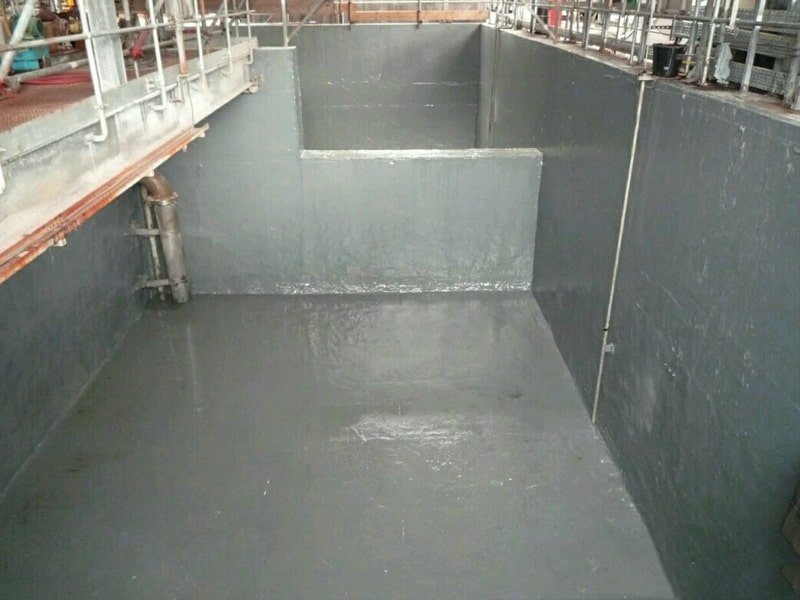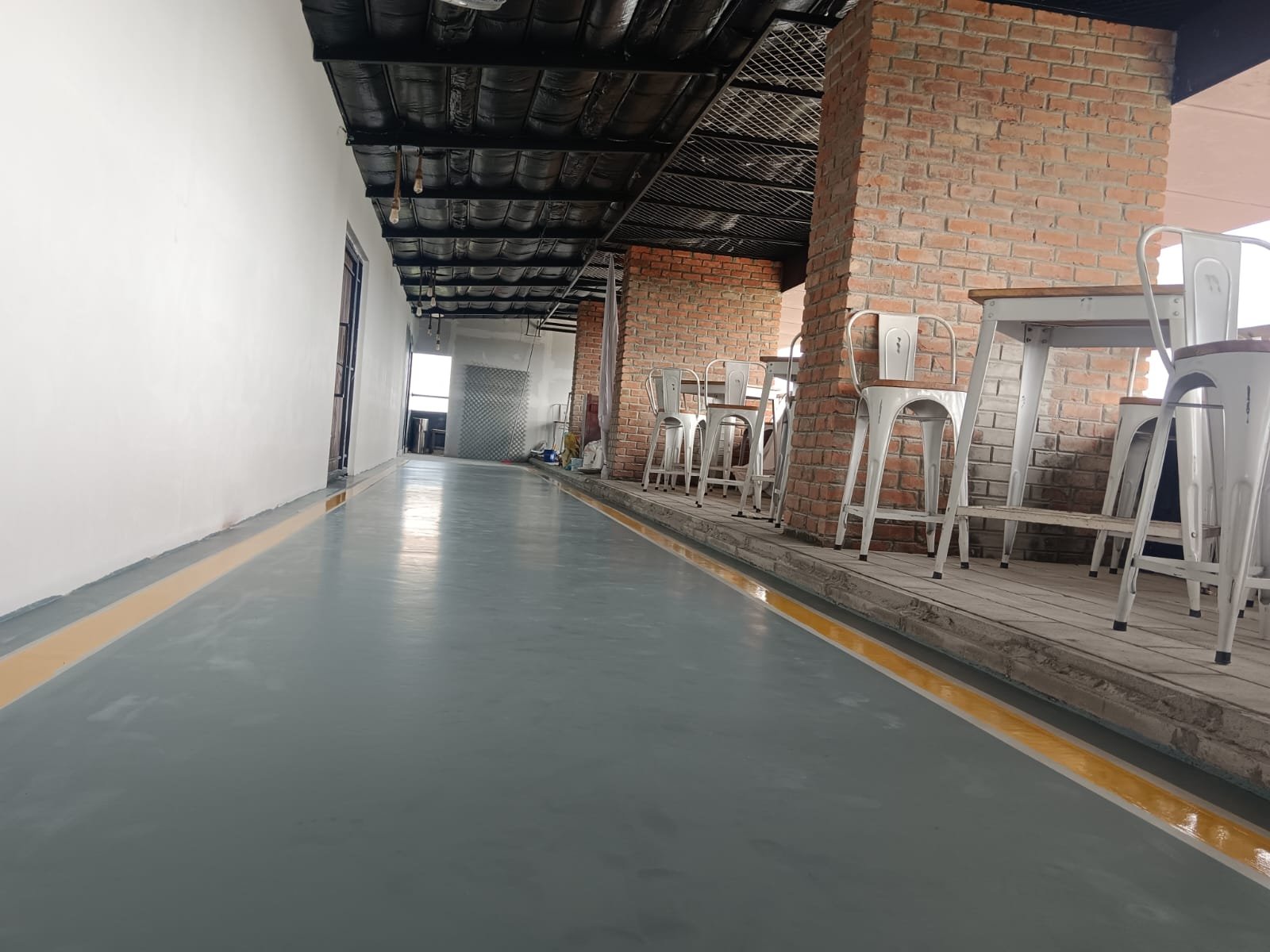WHICH WATERPROOFING IS BEST FOR WATER TANK ?
WHICH WATERPROOFING IS BEST FOR WATER TANK ?
INTRODUCTION
Water tanks play a
critical role in storing and supplying clean water for various purposes,
ranging from domestic use to industrial applications. Waterproofing a water
tank is essential to prevent leakage and contamination of the stored water
. One of the key aspects of maintaining a
water tank is implementing effective waterproofing methods. By using the best
waterproofing technique, you can effectively waterproof your water tank and
ensure the integrity of your water storage system.
BEST WATERPROOFING METHODS FOR WATER TANK
The best waterproofing
material for a water tank depends on various factors including the type of
tank, the substrate material, intended use, and local regulations. Here are
some commonly used waterproofing materials for water tanks along with their
advantages and considerations:
EPOXY COATINGS
Advantages:
·
Strong and
durable.
·
Excellent
resistance to chemicals and abrasion.
·
Suitable for
various substrates including concrete, metal, and fiberglass.
Considerations:
·
Can be more
expensive compared to other options.
·
Requires proper
surface preparation for optimal adhesion.
POLYURETHANE COATINGS
Advantages:
·
Flexible and
able to withstand movement in the tank structure.
·
Provides good
resistance to UV exposure.
·
Suitable for
both interior and exterior tank surfaces.
Considerations:
·
May require
multiple coats for adequate waterproofing.
·
Application may
require professional expertise for optimal results.
CEMENTITIOUS WATERPROOFING
Advantages:
·
Cost-effective
option.
·
Easy to apply
and suitable for DIY projects.
·
Provides good
adhesion to concrete substrates.
Considerations:
·
Not suitable for
tanks subjected to significant movement or structural stress.
·
May not provide
as high a level of chemical resistance as epoxy or polyurethane coatings.
FIBERGLASS LINING
Advantages:
·
Provides
excellent resistance to corrosion and abrasion.
·
Suitable for
large tanks and irregularly shaped structures.
·
Can be applied
as a seamless lining for improved waterproofing.
Considerations:
·
Requires
professional installation for optimal results.
·
Initial cost may
be higher compared to other options.
BITUMINOUS COATING
Advantages:
·
Excellent
waterproofing properties.
·
Provides good
adhesion to various substrates.
·
Cost-effective
option.
Considerations:
·
Not suitable for
tanks used for potable water storage.
·
May require
proper ventilation during application due to odor and fumes.
CONCLUSION
The best waterproofing
method for your water tank ultimately depends on your specific requirements,
including tank material, size, location, intended use, and budget. Ensure that
the chosen method complies with relevant regulations and standards for water
storage applications in your area. Consulting with a professional waterproofing
contractor can help you make an informed decision tailored to your needs.
Tags In
Related Posts
Leave a Reply Cancel reply
You must be logged in to post a comment.



